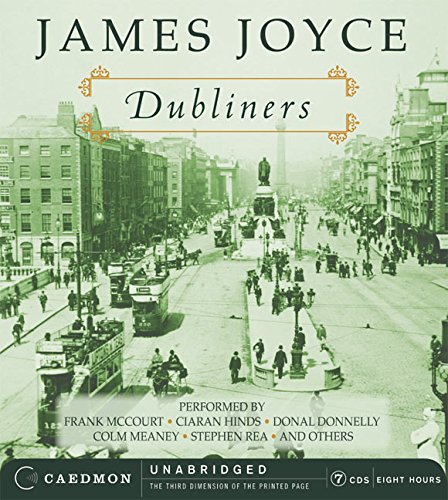Find the best price forUlysses
James Joyce, Cedric Watts
Paperback, Published in Jan 2010 by Wordsworth
ISBN10: 1840226358 | ISBN13: 9781840226355
Page count: 732
Ulysses has been labeled dirty, blasphemous & unreadable. In a 1933 court decision, Judge John M. Woolsey declared it an emetic book--tho he found it sufficiently unobscene to allow its importation into the USA--& Virginia Woolf was moved to decry Joyce's "cloacal obsession." None of these adjectives, however, do the slightest justice to the novel. To this day it remains the modernist masterpiece, in which the author takes both Celtic lyricism & vulgarity to splendid extremes. It's funny, sorrowful, even (in a close-focus sort of way) suspenseful. Despite the exegetical industry that has sprung up in the last 75 years, Ulysses is also a compulsively readable book. Even the verbal vaudeville of the final chapters can be navigated with relative ease, as long as you're willing to be buffeted, tickled, challenged & (occasionally) vexed by Joyce's sheer command of English. Among other things, a novel is simply a long story. The 1st question about any story is: What happens?. In this case, the answer might be Everything. Wm Blake, one of literature's sublime myopics, saw the universe in a grain of sand. Joyce saw it in Dublin, on 6/16/1904, a day distinguished by its utter normality. Two characters, Stephen Dedalus & Leopold Bloom, go about their separate business, crossing paths with a gallery of indelible Dubliners. We watch them teach, eat, stroll the streets, argue & (in Bloom's case) masturbate. Thanks to the stream-of-consciousness technique--which suggests no mere stream but an impossibly deep, swift-running river--we're privy to their thoughts, emotions & memories. The result? Almost every variety of experience is crammed into the accordian folds of a single day, which makes Ulysses not just an experimental work but the very last word in realism. Both characters add their glorious intonations to the music of the prose. Dedalus' accent--that of a freelance esthetician, who dabbles here & there in what we might call Early Yeats Lite--will be familiar to readers of Portrait of an Artist as a Young Man. But Bloom's wistful sensualism (& naive curiosity) is something else entirely. Seen thru his eyes, a rundown corner of a graveyard is a figure for hope & hopelessness, mortality & dogged survival: "Mr Bloom walked unheeded along his grove by saddened angels, crosses, broken pillars, family vaults, stone hopes praying with upcast eyes, old Ireland's hearts & hands. More sensible to spend the money on some charity for the living. Pray for the repose of the soul of. Does anybody really?"--James Marcus (edited)
Compare New Book Prices for Ulysses
SEARCHING FOR PRICES...



